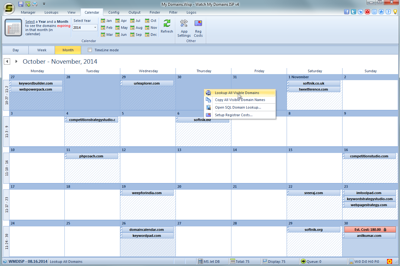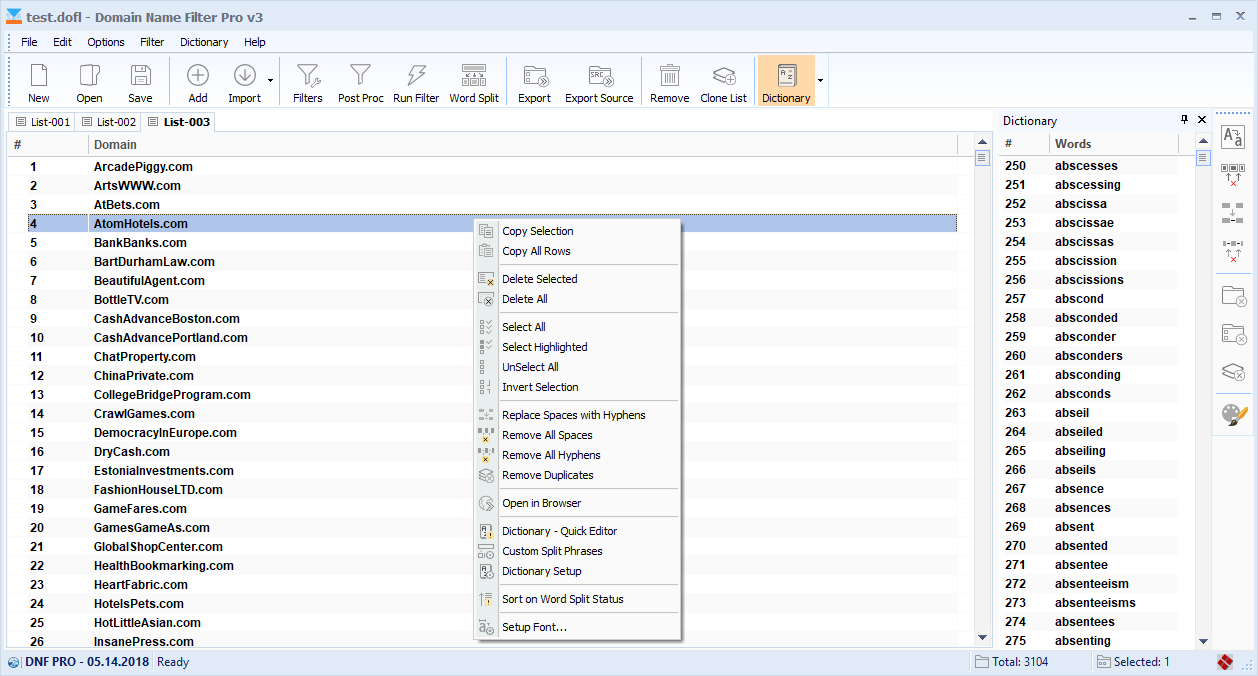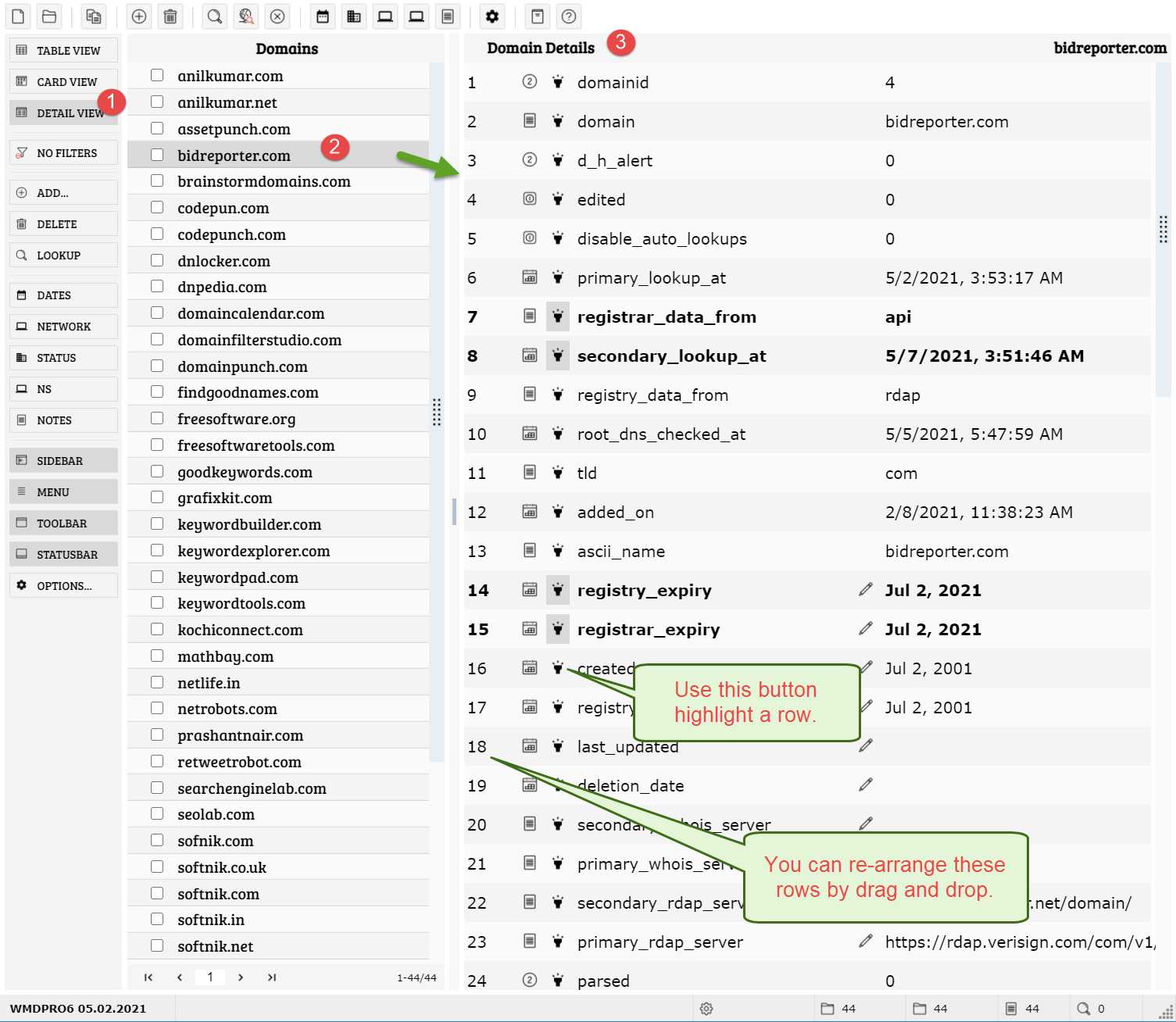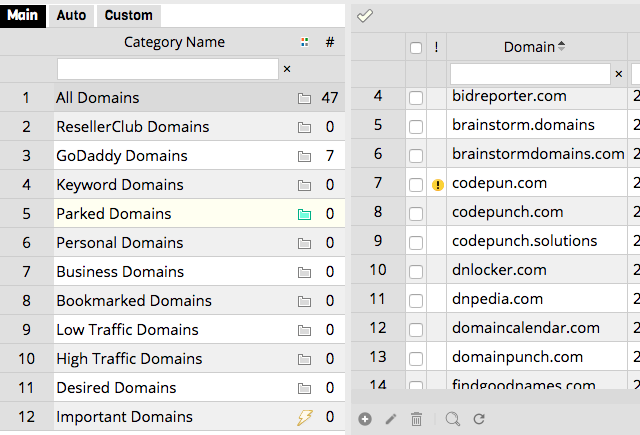

Let’s check out three powerful tactics you can deploy in minutes and run on autopilot using the Hexowatch WHOIS monitor that will save your business time and money.
WATCH MY DOMAINS FOR FREE
You can get started for free in minutes, and it works 24/7 checking the registrar databases for domains you are interested in and automatically alerts you when there is a change in the WHOIS records, for example when there is a change of ownership or when a domain is about to expire. If you want to receive instant alerts when WHOIS details change, we recommend using the WHOIS monitor.
WATCH MY DOMAINS HOW TO

3/ Receiving notification of expired domains that are available for public purchase:.2/ Getting a notification when a domain name is about to expire:.1/ Get notified of any ownership changes to a registered domain.Then, proceed to the nameservers management page by clicking the Change button.Open the Domains section and select your domain.Changing Hostinger NameserversĪt Hostinger, easily change the NS records via the DNS Zone Editor. Alternatively, ask customer support to add the new nameservers. If your provider is missing from the list, look for the registrar’s Help or FAQ page. If the hosting provider has three or more nameservers, while the registrar only allows to enter two, use the first two nameservers.Ĭheck the following section to find nameserver management instructions for the most popular hosting providers.If the hosting provider only gives two nameservers and the registrar provides you with four or more fields, enter the new nameservers into the first two fields, leaving the other ones empty.Here are a few extra tips about nameservers and their management: The same process applies to ns2, ns3, or ns4 records. For example, a nameserver that starts with ns1 should be filled into the Nameserver 1 field. Delete any existing old nameservers and enter the new settings into the appropriate fields.You should see several fields, such as Nameserver 1 and Nameserver 2, that will most likely be filled with your current hosting provider’s default nameservers. From there, look for a button to Edit or Manage nameservers. Usually, you can find the needed settings in Domain Management or Domain Overview sections. Look for the option to set the domain’s nameservers.In other words, this is the place where you bought the domain. While registrar interfaces may differ, the whole process is quite similar and goes like this: The next step is to apply new nameservers. Thus we recommend noting down IP addresses as well. Keep in mind that some web hosts require IP addresses for nameservers too. Please take note of all nameservers because you will need to enter them into the domain registrar’s control panel. Web hosts usually provide two or more nameservers. Contact your current hosting provider’s customer support team to help find the information if you need help.įor example, at Hostinger, users can find nameservers on the Plan Details page: This information is usually provided on the company’s documentation or in the post-purchase email. To change domain nameservers, follow the two main steps:įirst, find a list of nameservers from the new hosting provider. How to Change Nameservers at Different Provider Make sure to check that your domain’s A records are pointing correctly after changing the nameservers.

All other records, such as MX or TXT, will stay unchanged and won’t work at the new host. While the nameservers method will move all the necessary DNS records, the A record method will only change the A records. While this method may seem the simplest, we don’t recommend it. While the transfer price depends on the TLD, it typically costs around $15. Domain transfers might include additional charges as the domain may renew for another year. Domain transfers are most beneficial for users that want to manage everything in one place. The second option is to transfer the domain from the current hosting provider to the new one. This method transfers the domain’s DNS control to the new hosting provider without changing the registrar. The recommended method is to change the domain’s nameservers.

In this case, the domain name will need to be connected to the new web host. Instantly check domain name availability.


 0 kommentar(er)
0 kommentar(er)
